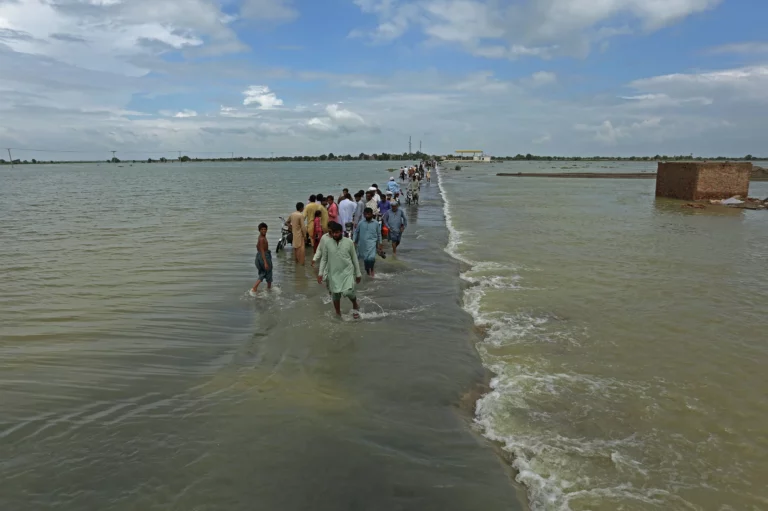The World Health Organization says that 250,000 deaths will be caused every year by climate change between 2030 and 2050. Efforts to mitigate or adapt to changing climate are taking place all around the globe, with more frequency and financing. With our current economic crisis directly linked to climate disaster floods which pushed inflation up to 45% and increased government borrowing, Pakistan is positioned at the forefront of the global climate crisis. We have the potential to lead the fight against climate change, and here’s how we can do it:
Green Bonds
For low-income countries like ours where the youth have a lot of talent but little resource, green bonds can be a fast way to scale up climate finance for projects that help millions!
- Green bonds are investment bonds issued specifically to raise money for environmentally friendly projects.
- Issuing entities (the organization carrying out the climate project) can get their green bonds certified from third parties like Climate Bonds Initiative before selling them to investors to raise funds.
Success Stories
Green bonds have had enormous success in low-income and South Asian countries. In Kenya, as of 2021, Nairobi Securities Exchange announced that it had sold USD 260 million in green bonds. This money is being used for three projects:
- A geothermal power plant,
- Nairobi’s commuter railway,
- The largest wind farm in sub-Saharan Africa!
As of 2022, Kenyan green bonds worth USD 1.2 billion are listed and selling out fast. To put this into perspective, the largest loan that the Pakistani government received from the Green Climate Fund after years of approval processes was USD 37 million. There is so much potential for large scale climate finance.
In 2017, Bangladesh issued $208 million in climate bonds, which financed several climate-resilient infrastructure projects. The projects will provide improved access to clean water for 2.5 million people and also reduce the risk of flooding for 1.3 million people. Similarly, India’s Renewables Infrastructure Investment Trust raised $324 million in green bonds, which helped to finance clean energy projects. These projects will generate 1.7 GW of clean energy and reduce greenhouse gas emissions by 2.5 million tons per year. Similarly, Senegal financed large-scale solar projects through green bonds worth $47 million. The projects will generate 76 MW of clean energy and avoid the emission of 54,000 tons of carbon dioxide per year.
The world is using green bonds to solve its climate issues, and Pakistan needs to get on board.
Our Government’s Role
In a pessimistic investment landscape, how can interest be generated in green bonds? The federal government can play a role here by incentivizing the use of green bonds in Pakistan through:
- Tax Exemptions: Making green bonds tax-free for investors would attract people to buy them as a safe investment, thus raising climate finance.
- Mandated Investments: The government could require that a certain percentage of institutional investment portfolios include green bonds, which would increase demand for them and encourage more people to invest.
- Education and Media Programs: Initiative needs to be taken to help stakeholders better understand the benefits and risks of green bonds, as well as to showcase how investment in green initiatives strengthens macroeconomic predictors for Pakistan in the long run.
Green bonds are a climate finance policy for the future, and one that can greatly benefit Pakistan in fixing its macroeconomic indicators. Unless climate projects are rapidly scaled up through innovative sources of funding, we will be ill-prepared to fight back when the floods come again in 2023.




Leave a Reply